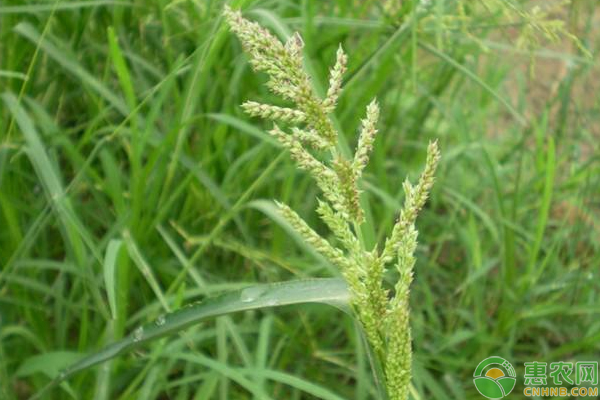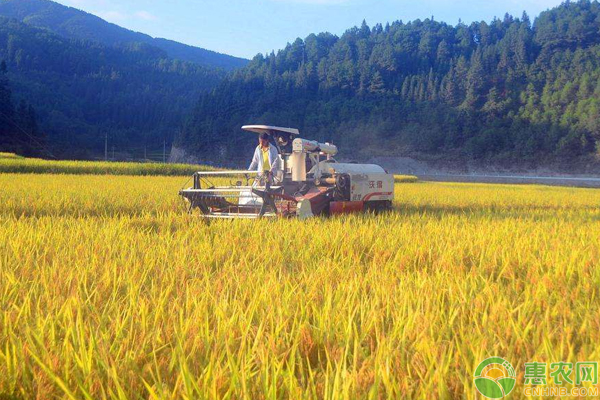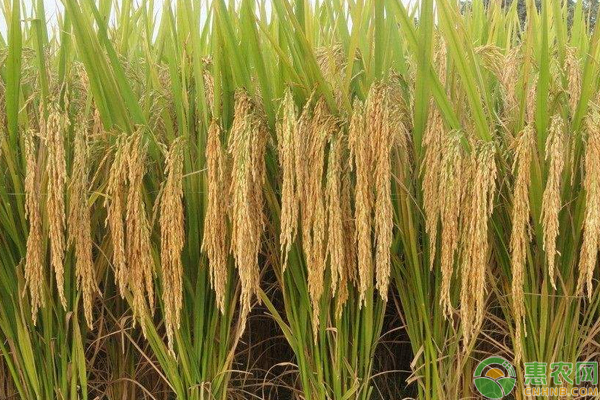In addition to pests and diseases, rice cultivation has grass damage. Many people think that grass damage has little effect. In fact, this is the wrong idea. Grass damage can affect rice growth and yield. Therefore, growers should not ignore the embarrassment. The above is the reason for the re-emergence of live straw damage and its prevention and control techniques. I hope to help the growers.     1 The reason for the live broadcast of straw recurrence     1.1 Improper selection of herbicides Many farmers have no clear awareness of the use of herbicides and believe that a herbicide can control all weeds. When weeding in direct seeding rice fields, some use pre-emergence herbicides in the treatment of weeds 3~4 leaves, and some choose post-emergence herbicides before the live broadcast. These two methods can not achieve good results.     1.2 Improper control period Some farmers have prevented and controlled the rice twice before the live broadcast of the rice and before the rice is sealed. The herbicidal effect is still poor, because this is the result of the drug before the live broadcast. However, before the rice is sealed, the weeds are too old and difficult to control.     1.3 Improper control methods There must be a scientific method for controlling weeds, otherwise it will lead to poor control. For example, when weeds are controlled by herbicides after selecting buds, the use effect of the medicaments is greatly reduced, and the weed control effect is affected.     1.4 Daejeon is uneven Some farmer's fields are large, and there is no intensive cultivation. Some places are low after sowing, and the effects of high and low places are different when weeding. The uneven arrangement of the fields is likely to cause some local weeds.     2 Direct seed weeding technology The rice weeds in the direct seeding field of the rice field are dominated by broadleaf weeds such as Alternanthera philoxeroides, duckweed, and kohlrabi, and sedge weeds such as sedge, wild scorpion, fragrant aconite, broken sedge, and leeches. . There are generally two peak periods. The first peak appears 5 to 7 days after sowing, which generally accounts for about 60% of the total weeding. It is dominated by grass weeds such as alfalfa and Qianjin; the second peak is 7 to 20 days after sowing, it can generally account for about 25% of the total grass yield. The control techniques are as follows.     2.1 Pre-emergence soil closure After the site preparation is completed, spray or apply with 38% oxaloin (Taowang) 750 mL/hm 2 , and after 48 h, drain the water and sow the white seeds. Daejeon should be leveled, and there is no clear water in the field when planting.     2.2 Closure technology after sowing The live field herbicide is mainly pyrazosulfuron-propionamide or bensulfuron-methylpyramine wettable powder. The field water is drained before the application, and the field is moist or has a shallow water layer of 2~3 mm. The fields that were germinated and planted in the blind valley were used at 24 and 72 h after sowing.     2.3 Live field seedlings after stem and leaf treatment Valerian herbicides are quinclorac, quinclorac, bensulfuron, imported rice, 22% penoxsulam. The Qianjin herbicide is compounded with cyhalofop-butyl (or cyhalofop) and benzoxazole.     3 matters needing attention     3.1 Dose selection Low soil organic matter content, sandy soil, and other low-lying land with low-dose, high organic matter content, clayey soil, drought, low soil moisture with high doses. When the soil moisture is insufficient or drought, the soil should be mixed 3~5 cm after administration.     3.2 Best use period of herbicide The period of medication is the four-leaf stage of rice and the three-leaf stage of weeds. At this time, the cost of medication is low. If the control period is missed, then with the increase of weed leaf age, the dosage of the drug must be increased accordingly. In addition, the field water should be drained before use, and the water should be taken 2 to 3 days after the medicine, which is subject to the inundation of rice. Do not weed and weed, so as not to reduce the concentration of the liquid, can not achieve the herbicidal effect.     3.3 Herbicide selection 3.3.1 Dry live broadcast. Pre-emergence weeding can be blocked with pendimethalin, pyrazosulfuron-methyl and bensulfuron-methyl. 3.3.2 Live water. Pre-emergence can be blocked with pre-emergence of pyrazosulfuron (or bensulfuron-methyl) + propionamide. After the seedlings, pyrazosulfuron-methyl, bensulfuron-methyl, acesulfame, pyrimethoxam, oxazolamide, flufenoxyacetic acid, dimethyltetrachloro, quinclorac, cyanofluoride can be selected according to the grass phase. Control of weeds by grass ester, penoxsulam and grass. Rice straw damage has a great impact on rice growth. The growers are able to remove them in time when planting. The above are detailed techniques for prevention and control of rice grass pests. You can learn from them. Amino acids are biologically important organic compounds composed of amine and carboxylic acid functional groups, along with a side-chain specific to each amino acid. With biological significance, amino acids are important in nutrition and are commonly used in nutritional supplements, fertilizers, and food technology. Industrial uses include the production of drugs, biodegradable plastics, and chiral catalysts. Natural Amino Acids,Amino Acids Powder,Amino Acids Particles,Amino Acids Tablets SINOCHEM PHARMACEUTICAL CO., LTD , https://www.sinochemnutrition.com


How to prevent and control live straw? Need to master these field management methods
Next Article
Plum tree cultivation technique management skill
Prev Article
Long-term feeding of sheep must prevent disease